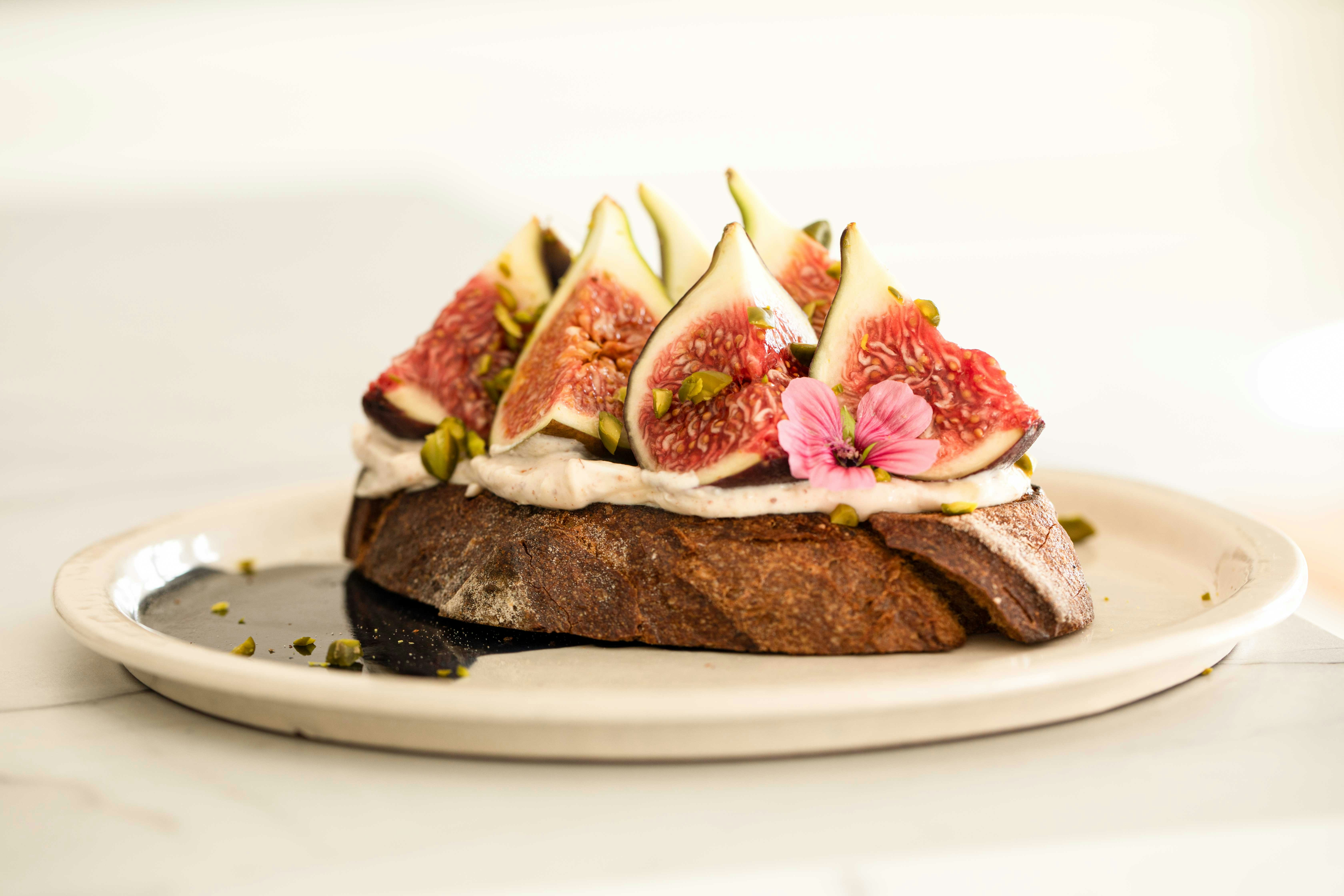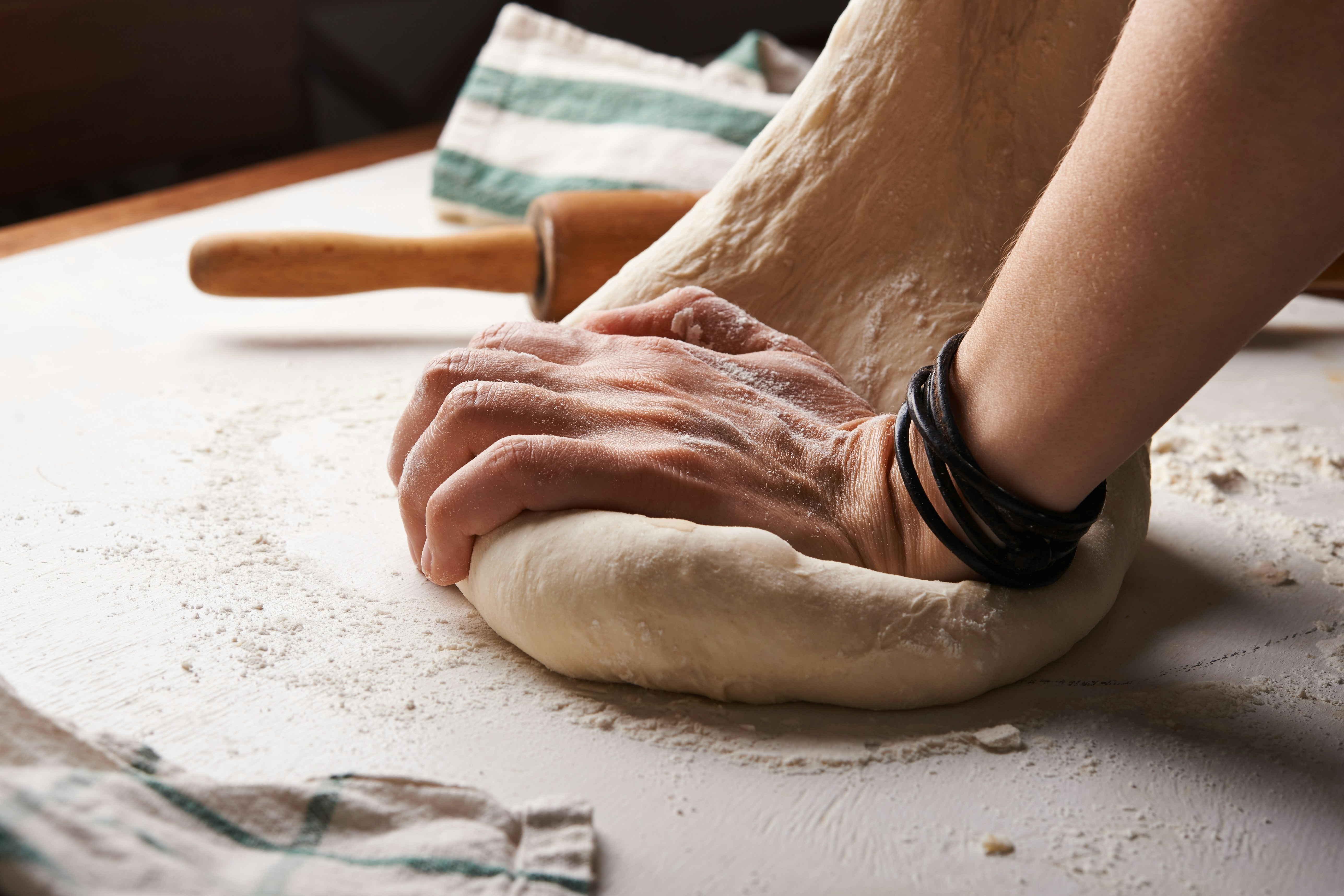All blog posts
Explore the world of design and learn how to create visually stunning artwork.
 Photo by Bakd&Raw by Karolin Baitinger on Unsplash
Photo by Bakd&Raw by Karolin Baitinger on Unsplash Exploring Fermented & Fresh: A Journey into Sourdough Baking and Seasonal Cooking
September 25, 2024 | by Aaliyah
 Photo by Bakd&Raw by Karolin Baitinger on Unsplash
Photo by Bakd&Raw by Karolin Baitinger on Unsplash Exploring the Art of Sourdough Baking and Seasonal Cooking
September 25, 2024 | by Aaliyah
 Photo by Bakd&Raw by Karolin Baitinger on Unsplash
Photo by Bakd&Raw by Karolin Baitinger on Unsplash Exploring the Art of Sourdough Baking and Seasonal Cooking
September 25, 2024 | by Aaliyah
 Photo by Nadya Spetnitskaya on Unsplash
Photo by Nadya Spetnitskaya on Unsplash Exploring the Art of Sourdough Baking and Seasonal Cooking
September 25, 2024 | by Aaliyah
 Photo by Yohan Marion on Unsplash
Photo by Yohan Marion on Unsplash Exploring the Art of Sourdough Baking and Seasonal Cooking
September 25, 2024 | by Aaliyah
 Photo by Nadya Spetnitskaya on Unsplash
Photo by Nadya Spetnitskaya on Unsplash Exploring the Art of Fermentation and Seasonal Cooking: A Dive into Sourdough Baking
September 25, 2024 | by Aaliyah
The Art of Fermentation: Unlocking the Magic of Sourdough and Beyond
Fermentation, a transformative culinary process, is fundamental to sourdough baking. Central to this practice is the cultivation of wild yeast and bacteria that occur naturally in the environment. These microorganisms feed on the sugars found in flour, producing carbon dioxide and organic acids that are essential for dough leavening and imparting unique flavors. To begin your sourdough journey, one must create a sourdough starter—a blend of flour and water that ferments over time. This starter not only serves as a leavening agent but also embodies the essence of fermentation, capturing the complexities of local yeast strains.
Using natural ingredients is paramount in sourdough preparation. High-quality flour, ideally whole grain, enhances nutrient density and supports a vibrant microbial community. Throughout the fermentation process, factors such as humidity, temperature, and even the baker’s environment contribute significantly to the characteristics of the final loaf. Beginners can start with straightforward recipes that emphasize hydration levels and autolyse techniques, while more advanced bakers may experiment with longer fermentation times or prefer alternative grains. Each variation results in different textures and flavors, showcasing the versatility of this artisanal bread.
Beyond sourdough, the art of fermentation encompasses a wide array of foods, including yogurt, kimchi, and kombucha. Each of these items offers various health benefits, such as improving gut health and boosting nutrient absorption. Culturally, fermentation practices vary widely across the globe, reflecting local ingredients and traditions. Incorporating these fermented elements into daily cooking not only elevates meals but also encourages a deeper connection to one’s food. As one delves into the world of fermentation, personal stories enrich the experience, revealing the challenges and rewards of mastering this ancient technique.
Seasonal Cooking: Embracing the Bounty of Local Ingredients
Seasonal cooking embodies the philosophy of utilizing ingredients at their peak freshness, promoting both environmental sustainability and a rich culinary experience. Engaging with local produce not only supports regional farmers but also significantly reduces the carbon footprint associated with transporting food over long distances. By embracing seasonal ingredients, home cooks can partake in sustainable eating practices that minimize food waste while celebrating nature’s cycles.
Identifying seasonal produce involves understanding the local growing seasons, which can vary significantly based on the climate and region. Fruits and vegetables such as asparagus, radishes, and strawberries signal spring, while tomatoes, zucchini, and peppers are emblematic of summer. Autumn welcomes squash, apples, and root vegetables, while winter features hardy greens and storage crops. Many farmers’ markets and local produce guides provide valuable insights into what’s in season and available nearby, making it easier to curate meals inspired by local harvests.
Incorporating seasonal ingredients into everyday cooking nurtures creativity in the kitchen. Simple recipes that highlight these fresh ingredients can include a summer ratatouille, bursting with the vibrant palette of tomatoes and zucchini, or a hearty autumn stew featuring root vegetables and legumes. These dishes not only showcase the flavors of the season but also encourage a mindful approach to cooking. Making an effort to use leftovers effectively can further enhance this philosophy; for instance, roasted vegetables can be repurposed into nourishing soups or salads.
As I’ve explored seasonal cooking in my own kitchen, I’ve found joy in the challenges it presents—from discovering new ingredients to experimenting with preservation techniques. This journey has deepened my appreciation for nature’s rhythms and reminded me of the importance of connecting with the land in our culinary practices. By embracing local produce, we can foster a greater appreciation for the environment and transform our cooking habits for the better.